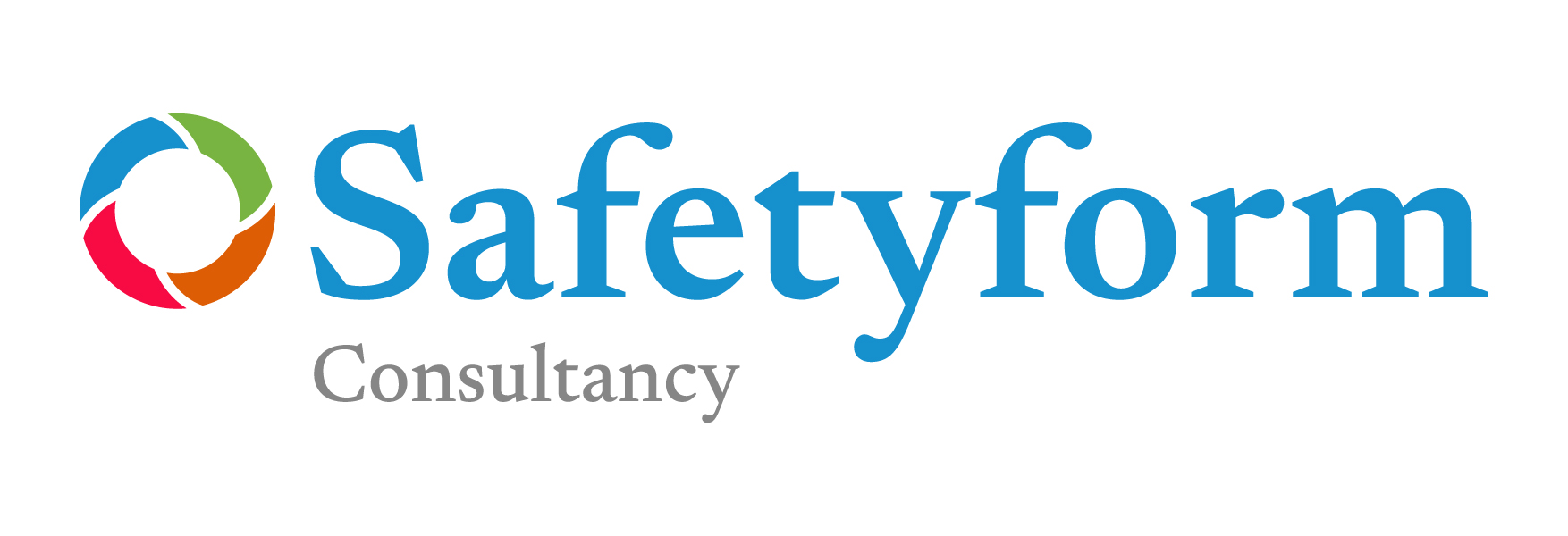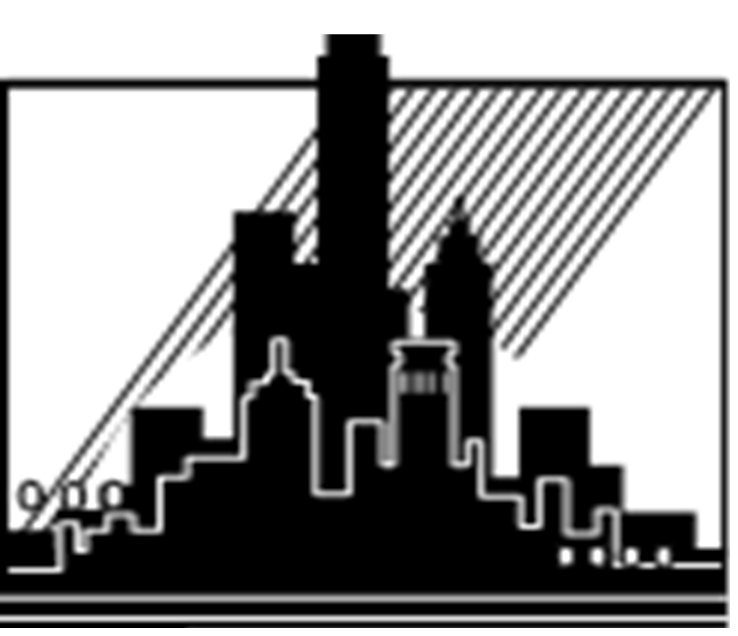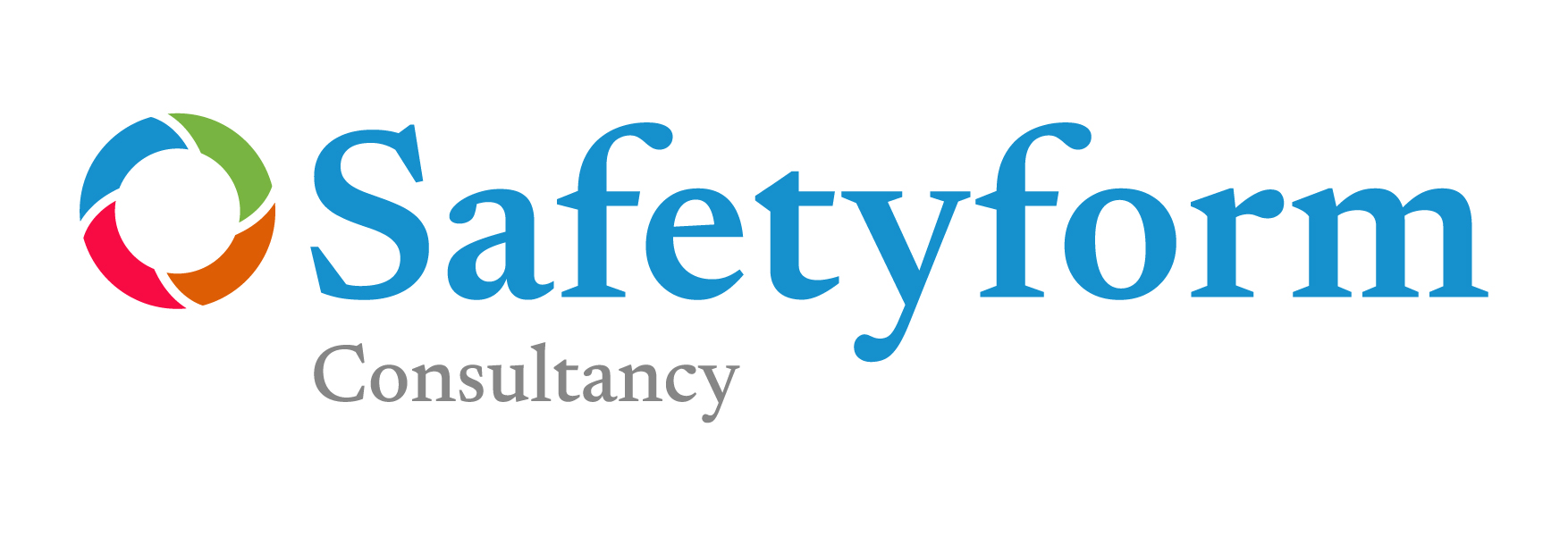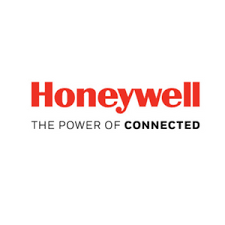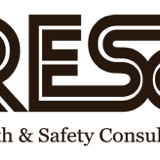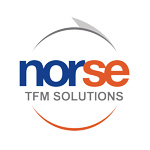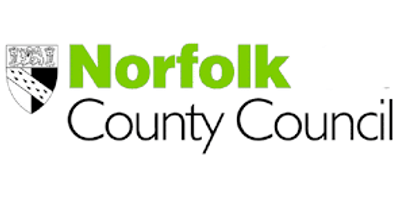Information
-
Document No.
-
Audit Title
-
Client / Site
-
Conducted on
-
Prepared by
-
Location
-
Personnel
1. Public Protection
-
1.1 Site fencing secured, signage displayed, signage at entrances restricting access<br><br><br>
-
1.2 Footpath clean & clear, Vehicle crossovers have no pedestrian trip hazards<br>
-
1.3 Gantry sealed from construction side<br>
-
1.4 Traffic Management Plan setup and function remains effective and safe<br>
-
1.5 Road and pedestrian signage is located correctly, clean, visible and effective
2. Induction
-
2.1. No worker on site without an induction<br><br><br>
-
2.2. No visitor unaccompanied<br>
-
2.3. Drivers with unfettered site access have been inducted (FORM 04b)
3. Access
-
3.1. Site main access clearly identified w/Signage<br>
-
3.2. Housekeeping at access points maintained<br><br>
-
3.3. Steps & landings within Aust Std. requirements (No step height >250mm)<br>
-
3.4. Lighting adequate (See #29 lighting below too)
4. Environmental weather affects
-
4.1. Over night rain or other significant rain/water events have the potential to; Destabilize excavations, undermine scaffolding supports or supports for precast elements etc or potentially increase the likelihood of ground slips. Inspect the effect of rain or water events on the site and areas that could affect the site.
5. Safe Work Method Statements
-
5.1. Select a group of workers, obtain the induction register & cross check against the group's SWMS sign off page(s)<br><br>
-
5.2. Select a specific activity and identify if there is an approved SWMS for it
6. Amenities
-
6.1. Both Male & Female toilet facilities with sanitary disposal units in female facilities<br>
-
6.2. Clean and hygienically maintained, bins emptied<br>
-
6.3. No “Dip Sticks” in soap dispensers<br>
-
6.4. Crib rooms not used as a storage room
7. First Aid
-
7.1. Facility is hygienically maintained & not used as a storage room<br>
-
7.2. A double lined Bio Hazard waste bin provided<br>
-
7.3. Wham Solutions “Injury Packs” held on site<br>
-
7.4. First aid & names of attendant clearly identified<br>
-
7.5. Subcontractors have first aid provisions
8. House keeping
-
8.1. Each work group is cleaning up after each shift<br>
-
8.2. Trip hazards are all removed progressively<br>
-
8.3. No build up of fire load waste<br>
-
8.4. Public areas are free of site waste & debris<br>
-
8.5. Site access ways clear of material & waste<br>
-
8.6. Protrusions are protected (Reo capped & sharp objects guarded)
9. PPE
-
9.1. Use of PPE is as the manufacturer intended (Helmets being worn correctly)<br><br>
-
9.2. Use of PPE is appropriate to tasking (Goggles for over head drilling, face shields for grinder use)<br>
-
9.3. PPE is in good repair (Boots, helmets etc are in good serviceable condition)<br>
-
9.4. Training details are available for PPE use
10. Electrical
-
10.1. A handover certificate exists for all temp boards & site sheds<br>
-
10.2. Temp boards are in good repair and RCD tested each month<br>
-
10.3. Electric leads are not exposed to mechanical damage (Suspended where required or exposed to potential damage), not run on the floor in access ways
-
10.4. Checked test tags are within test dates<br>
-
10.5. Boards are stable or are secured to prevent instability issues
-
10.6. Electrical gear & leads are not exposed to damage, including damage by fluids
11. Trenching and Excavation
-
11.1. No fumes entering the trench potentially causing a toxic atmosphere<br>
-
11.2. No trench deeper than 1.5m without collapse controls in place (Geo Eng Cert if req.) Also excavated material kept back 600mm+ from trench sides<br>
-
11.3. Benching at not more than 1.5m steps (1m steps preferred) & 1 in 1 going<br>
-
11.4. Access denial (barricades & signage) in place for unauthorised personnel<br>
-
11.5. Access ladders in trenches @ 9m centres (where depth >1.5m)<br>
-
11.6. Plant kept clear of trench sides ratio >1.5 wide to 1 depth<br>
-
11.7. Supervisors are completing the excavation log daily (where depth >1.5m)
12. Work at heights
-
12.1. Workers using harnesses have documented training for their use & a fallen worker retrieval procedure (which they must be trained in)<br>
-
12.2. Exclusion zones maintained below workers & signs placed if required<br>
-
12.3. Access systems are suitable for taking tools & materials up to the work areas
13. Barricades
-
13.1. Exclusion zones are maintained<br><br>
-
13.2. Restrictive access signage is displayed<br>
-
13.3. Barricades are effective in keeping unauthorised persons out<br>
-
13.4. Barricades are suitable for the conditions (not displaced by wind)
14. Ladders
-
14.1. Extension ladders used to perform work are secured not footed & of short use duration, light duty work only & worker maintaining 3 points of contact<br>
-
14.2. Access extension ladders extend 1m past point of access and are secured<br>
-
14.3. Persons using any ladder are not over reaching, pulling or pushing potentially over turning the support ladder<br>
-
14.4. Persons using step ladders remain off the top & 2nd top rungs (5 Rung ladders minimum permitted)<br>
-
14.5. Ladders are set up on firm flat ground with solid footing, no loose material or debris at base<br>
-
14.6. Ladder Permits are in use and displayed correctly
15. Scaffolds
-
15.1 Drawings held on site for erected scaffolds used as common plant<br><br>
-
15.2. Scaffolds used as common plant have been certified by competent person & re-certified every 30 days<br>
-
15.3. No parts missing<br>
-
15.4. Decks clear of debris & trip hazards
16. Mobile Scaffolds
-
16.1. Built to the Manufacturers design requirements & all components are fitted (see the drawing)<br>
-
16.2. A scaffold drawing must be available (usually a standard pictorial drawing from the supplier)<br>
-
16.3. Access ladder in place & used @1.5m & over, no jumping down from any height
17. Formwork
-
17.1. No damaged components, no split laminated timber, no reo used in props etc.<br><br>
-
17.2. Formwork Drawings held on site & Engineer/competent person credentials held on site & cross checked against drawing sign off<br>
-
17.3. Pre-pour check completed and signed off<br>
-
17.4. Props and vertical support secured (nailed) to prevent dislodgement<br>
-
17.5. Work platforms used are suitable, have edge protection & safe access/egress
18. Plant and Equipment
-
18.1. FORM 9 completed accurately for all major items of plant on site<br><br>
-
18.2. Pre-Start checks are covering OEM requirements not generic requirements<br>
-
18.3. Log books up-to-date on compressors, scissor & boom lifts, excavation & crane plant, concrete placing plant & others as detailed by legal, WHSMP/HIRAC requirements<br>
-
18.4. Operators hold certification and have competency assessment documents<br>
-
18.5. Safety pins used on excavator quick hitch attachments<br>
-
18.6. Pinch points are guarded, warning devices remain functional
19. Hot Works
-
19.1. Where permits are used, they’re held at the hot work location, signed off at completion & filed
-
19.2. Fire extinguisher held at location and in serviceable condition.<br>
-
19.3. Fire load identified & controls implemented<br>
-
19.4. Flash back arrestors used on Oxy/Acet Equip.<br>
-
19.5. No nylon or flammable clothing worn by hot work operators
20. Fire Precautions
-
20.1. Site has Fire extinguishers placed at locations as per WHSMP/HIRAC & legal requirements, signage placed above extinguishers<br><br>
-
20.2. Fire load areas minimised & a fire extinguisher placed at those locations<br>
-
20.3. Testing of extinguishers at 6 month intervals
-
20.4. Other
21. Scissor / Boom Lifts
-
21.1. Operators have certification – HRWL & yellow card for 11m+ booms, yellow card for scissor lifts or similar to an equivalent level of competency training<br><br>
-
21.2. Every operator has completed a Pre-Start check and signed the log book<br>
-
21.3. No penetrations or drop off edges are unprotected in EWP operating areas<br>
-
21.4. Overhead power precautions detailed in the SWMS or daily prestart if present<br>
-
21.5. Floor area of plant (basket) clear (Housekeeping issue)<br>
-
21.6. Operators manual held with the plant
22. Forklifts
-
22.1. Operators have certification – HRWL<br>
-
22.2. Seat belt worn & general safe operation<br>
-
22.3. Every operator has completed a Pre-Start check and signed the log book<br>
-
22.4. Operators manual held with the forklift<br>
-
22.5. Warning devices (Lights and reverse alarm) functioning
23. Penetrations
-
23.1. All penetrations have been observed as covered with a suitable cover that is secured against dislodgment & Penetration covers are clearly marked “Warning hole below” or words to a similar effect, an SWL is identified if relevant<br>
-
23.2. Penetrations are barricaded where securing has been released for access
24. Edge Protection
-
24.1. Mesh guards fitted & secured<br>
-
24.2. Toe-boards or mesh guard in close contact with the floor or platform level<br>
-
24.3. Checked for sturdiness & secured components, including supporting structure<br>
-
24.4. Edge barricades back 1.8m from edges (Formwork live edge protection etc)<br>
-
24.5. Trenching operations have considered edge protection where a fall of >2m
25. Hazardous Manual Tasks
-
25.1. Question site workers undertaking Hazardous manual tasks regarding their knowledge of precautions & training by their employer<br>
-
25.2. General safe manual tasks practice<br>
-
25.3. Workers avoiding twisting & lifting (Particularly over chest height)
26. Hazardous Chemicals
-
26.1. Is an SDS held for all hazardous chemicals used & stored on site in the following locations;<br>a) With the chemical<br>b) In the site office (near first aid location)<br>c) Where the chemical is stored<br>
-
26.2. Has a “Risk Assessment” been completed for each Hazardous Chemical, and<br>
-
26.3. Has a documented training event been completed for each Hazardous Chemical & all those using the chemical undertaken the training
27. Crane Activities - Including Excavators used for Crane Work
-
27.1. Are all cranes used on site & operators providing their HRWL, maintenance records, familiarisation training & log books (Periodically copied & retained)<br>
-
27.2. Are FORM 9’s completed & held for all Cranes & Excavators - every month<br>
-
27.3. Are records maintained and held on site for all lifting gear that is site based or inspection records sighted and occasionally copied & retained for Mobile crane lifting gear<br>
-
27.4. Excavators used in crane mode have anti-burst devices fitted, an “SWL” marked on the dipper arm and an “appropriate” load chart in the operator’s cabin which includes the weight of any attachment or bucket left fitted during a crane lift
28. Material Storage
-
28.1. No materials stacked in front of water coolers, power boards, fire extinguishers or fire exits<br><br>
-
28.2. Access ways clear<br>
-
28.3. Clear access to storage location
29. Lighting
-
29.1. Are all areas where natural light is diminished illuminated as required by the WHSMP/HIRAC & legal requirements (Access lighting)<br><br>
-
29.2. Where a gantry is erected - are luminaries fitted & adequately lit<br>
-
29.3. Is a battery backed up luminary fitted above/near all power distribution boards (in enclosed areas)<br>
-
29.4. Are building escape routes in enclosed areas, illuminated by battery backed up luminaries<br>
-
29.5. Are subcontractors using adequate task lighting as required by SWMS’s & legal requirements
30. Structural Support
-
30.1. Are Accrow Props secured against dislodgement?
-
30.2. Are loading bay props tied, braced and secured?
-
30.3 Are soldiers secured top and bottom?
-
30.4 Are tilt-up supports tight and secured and do removable pins have locking devices?
-
30.5. Is signage displayed on critical props, warning of unauthorised removal?
31. Other High Risk Activities
-
31.1 Observe site works for what would be current High Risk Activity, cross check actual activity against accepted SWMS & check that all workers engaged in the activity signed into the SWMS<br>
-
31.2 Has a Task Observation been programmed to observe this activity<br><br>
32. Health Issues
-
32.1. For tropical areas are precautions in place to reduce the incidence of transmission of disease via mosquitoes <br><br>
-
32. 2. • Where sharps are likely (needle stick) are precautions identified and communicated<br>
-
32.3. Is heat stress being controlled and ample cool water available<br>
-
32.4. Are respirators (P1 or P2) used to control microbiological exposure from mulches & compost (Protozoal infection of the lungs)<br>
-
32.5. Are Asbestos controls being followed - see SWMS<br>
-
32.6. Workers exposed to hand vibration are resting each hour as per COP for Plant<br>
-
32.8. Are noise, dust, UV exposure or other issues present that may require monitoring or advice by an occupational hygienist
33. Other
Sign off - Matrix personnel
-
Additional comments by Matrix inspecting person
-
Additional sketch area for Matrix inspecting person
-
Name and Site Role of Matrix person conducting inspection
-
Note: Upload events on to Mango if they cannot be closed out on day of inspection.
-
Note: Consult with both workers and Subcontractor PCBUs
Sign off - persons consulted during inspection
-
Name, Occupation and PCBU name of person consulted during inspection
-
Name, Occupation and PCBU name of person consulted during inspection
-
Name, Occupation and PCBU name of person consulted during inspection
-
Name, Occupation and PCBU name of person consulted during inspection
Sign off - Project Manager or Site Manager acknowledgment
-
Name, position and signature of PM or SM
-
PM or SM comments
Close out requirements of a high priority (<24 hours)
-
Select date
-
Close out requirements.
Close out requirements of a routine priority (<7 days)
-
Select date
-
Close out requirements.
Close out requirements of a low priority (<1 month)
-
Select date
-
Close out requirements.






